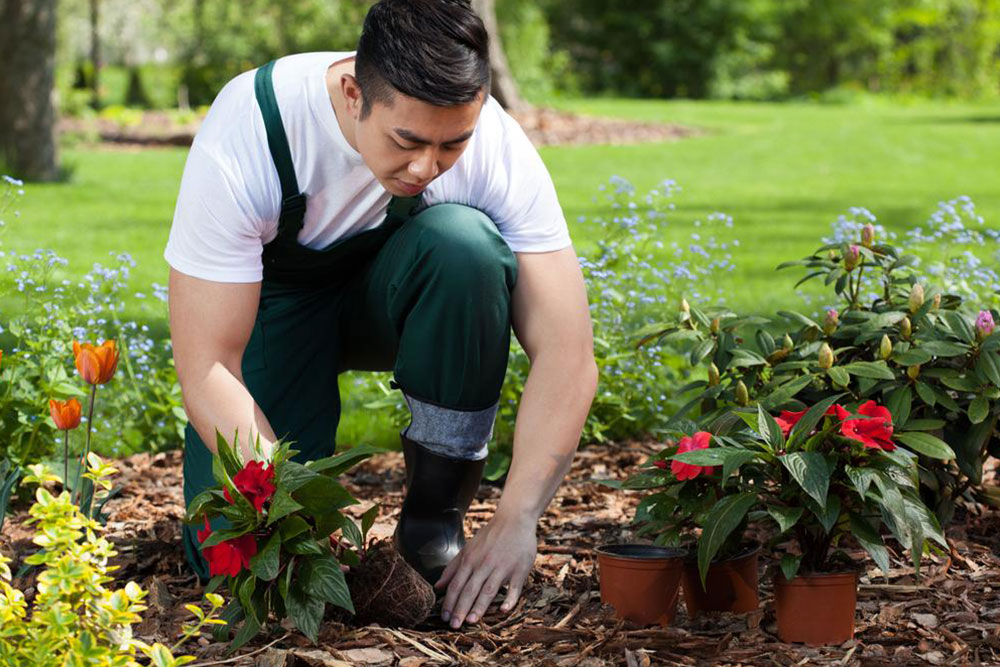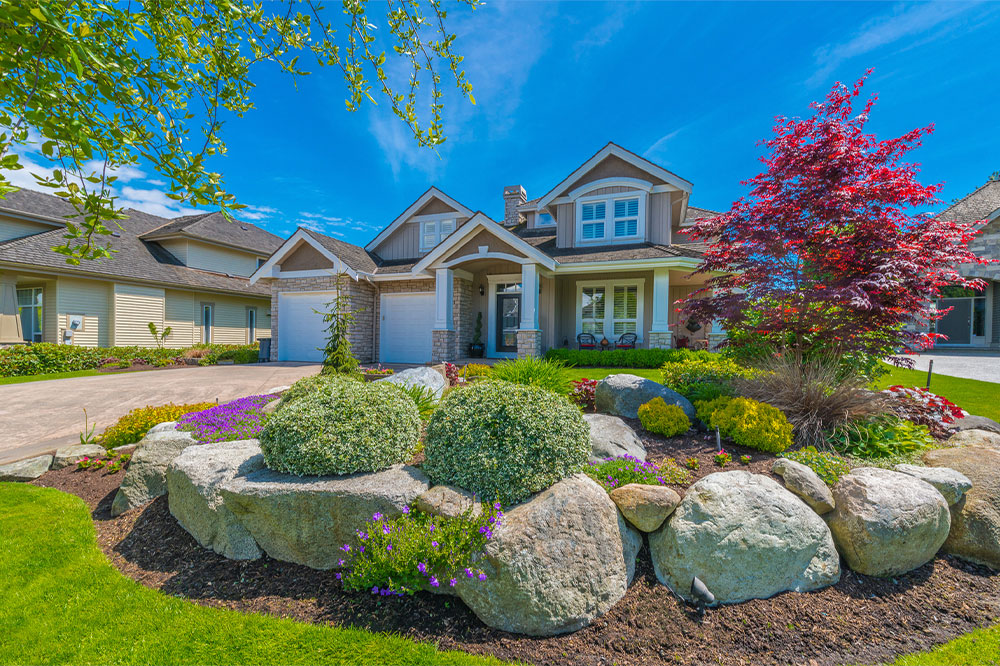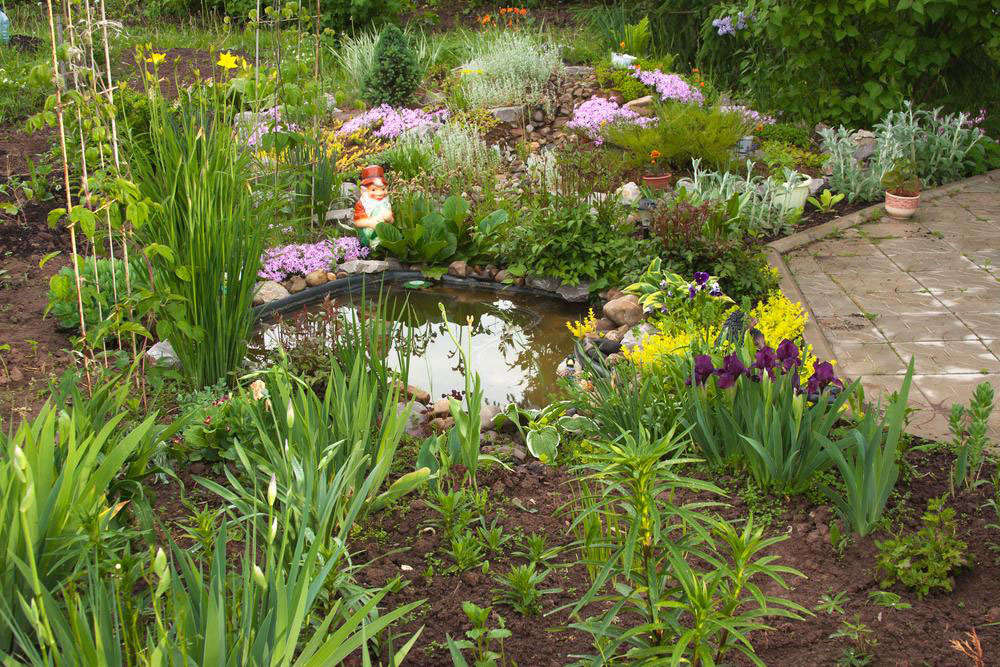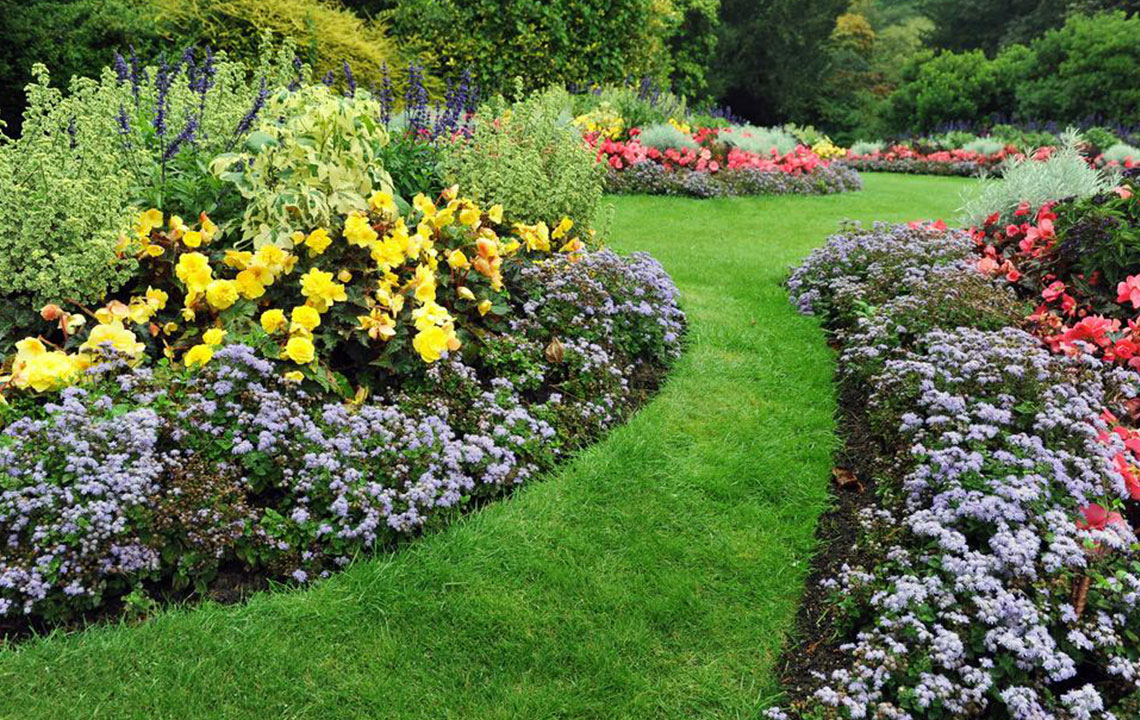Essential Tools for Successful Landscape Design: Elevate Your Outdoor Projects
This comprehensive guide explores essential landscaping tools for professionals and enthusiasts. It covers traditional sketching, digital design software, measurement devices, plant selection resources, visualization technologies, and specialized tools for irrigation and hardscape planning. Using these tools enhances accuracy, efficiency, and creativity, leading to stunning, functional outdoor spaces. Staying updated with the latest technology and industry trends ensures top-quality landscape designs for any project size. Ideal for landscape architects, designers, and gardening enthusiasts seeking to elevate their outdoor projects.
Sponsored
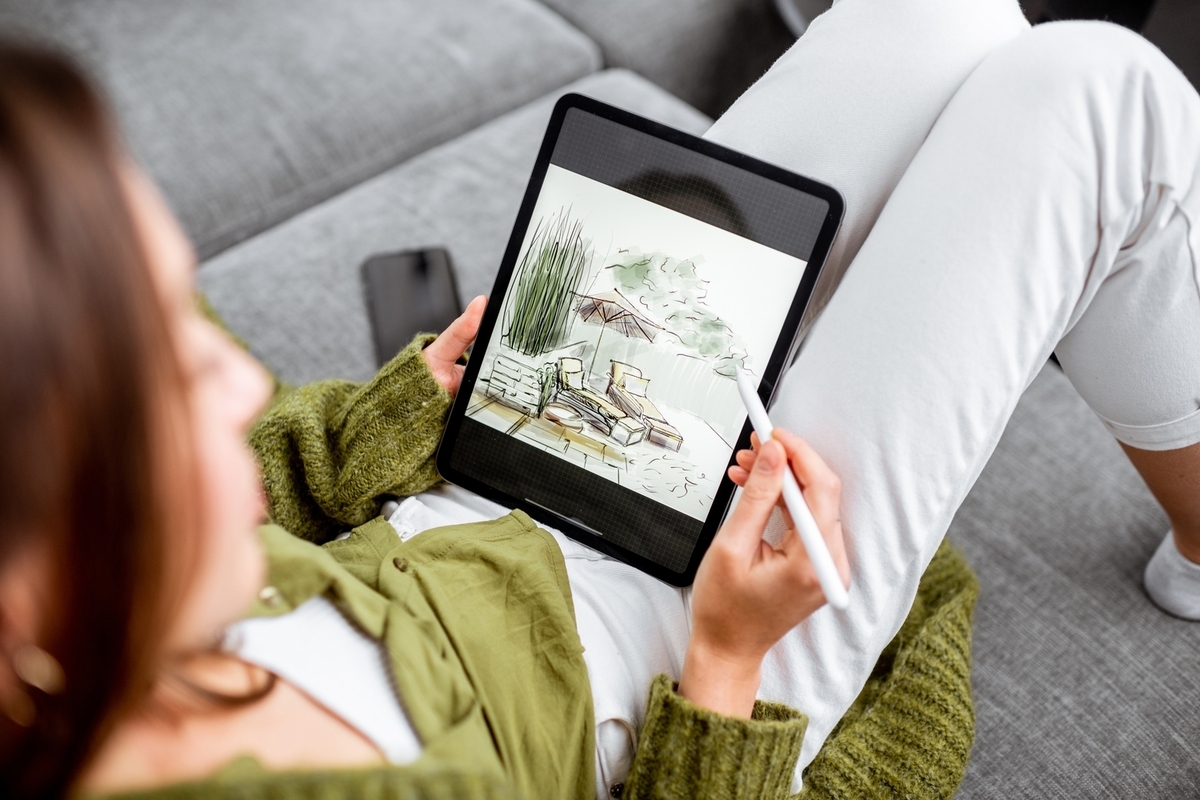
Creating beautiful and functional outdoor environments requires a blend of artistic vision and technical skill. Whether you're a professional landscaper or a passionate hobbyist, selecting the right tools can streamline your workflow and enhance your results. This in-depth guide highlights key landscape design tools that help transform outdoor spaces into stunning and practical areas.
Why Landscape Design Tools Matter
Landscape projects involve planning, designing, building, and maintenance, each demanding specific tools to improve accuracy and efficiency. Using the right equipment helps bring your ideas to life more precisely and swiftly.
The advantages of employing landscape design tools include:
1. Precision: Accurate measurements are vital for cohesive and harmonious outdoor spaces.
2. Speed: Tools accelerate the design and construction phases, saving valuable time.
3. Creativity: Specialized equipment enables innovative and detailed design experimentation.
Main Landscape Design Tools
1. Drawing Instruments
Traditional sketching remains fundamental. Key drawing tools include:
Pencils and Pens: For creating initial outlines and fine details.
Sketch Pads: Durable paper for refining multiple design iterations.
2. Digital Design Programs
Modern landscape designers often rely on software for precise and professional visualizations. Popular options include:
AutoCAD: Industry-standard for detailed drafting and complex layout planning.
SketchUp: User-friendly for quick 3D models and visual representations.
Land F/X: An AutoCAD extension specialized for landscape architecture, covering irrigation, planting, and hardscape details.
3. Measuring Devices
Accurate site measurements are essential. Critical tools include:
Measuring Tape: For precise on-site measurements.
Measuring Wheel: Ideal for larger areas, offering quick distance assessments.
Laser Distance Meter: For highly accurate readings with laser precision.
4. Plant Selection Resources
Choosing the right flora is key to landscape success. Useful tools involve:
Plant Databases: Software like PlantMaster provides details on growth habits and soil needs.
Plant Tags: On-site markers help track plant locations and selections.
5. Visualization Technologies
Seeing your landscape design in realistic visuals aids communication and planning. Effective tools include:
Drones: Capture aerial views for comprehensive landscape visualization.
3D Rendering Software: Programs such as Lumion produce lifelike images of outdoor layouts.
6. Garden Planning Applications
Accessible and convenient, garden planning apps assist in layout design and plant arrangement visualization. Popular choices include:
Garden Planner: Enables creating detailed garden plans and visual mock-ups.
Plan-a-Garden: A Better Homes & Gardens tool for visualizing and adjusting garden designs.
Specialized Landscape Tools
For specific tasks, certain tools prove invaluable:
Irrigation Planning: Rain Bird Design Software and online calculators help design efficient watering systems.
Hardscape Design: Paver pattern programs and laser levels ensure precise hardscape installation.
The right set of landscaping tools enhances project quality, creativity, and efficiency. Incorporating traditional and digital technologies ensures your outdoor designs stand out and operate smoothly. Staying current with evolving innovations keeps your projects competitive and professional, whether working on small gardens or large-scale landscapes.
